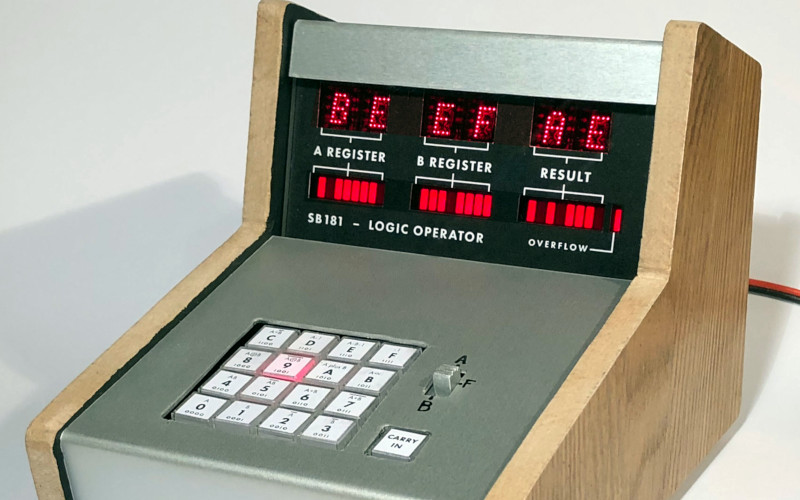An ALU As A Desktop Calculator Has Stunning Style from Days Gone By

Those of you with an interest in microcomputer history will know that there is a strong crossover between the path of electronic calculator evolution and the genesis of the integrated …read more Continue reading An ALU As A Desktop Calculator Has Stunning Style from Days Gone By